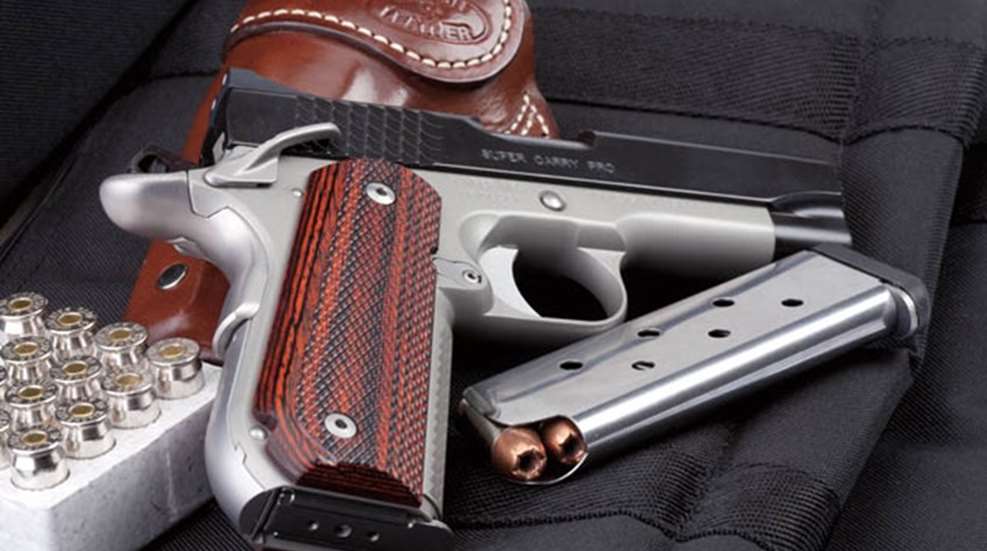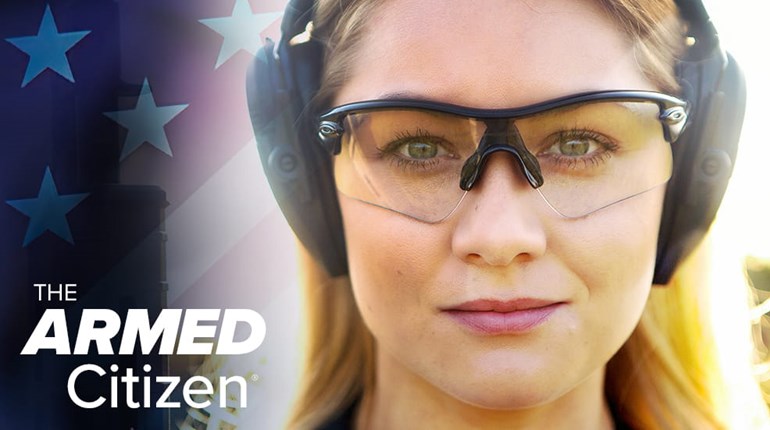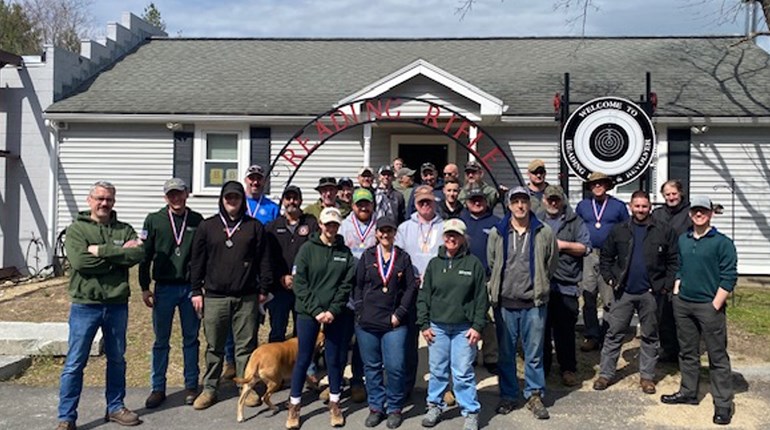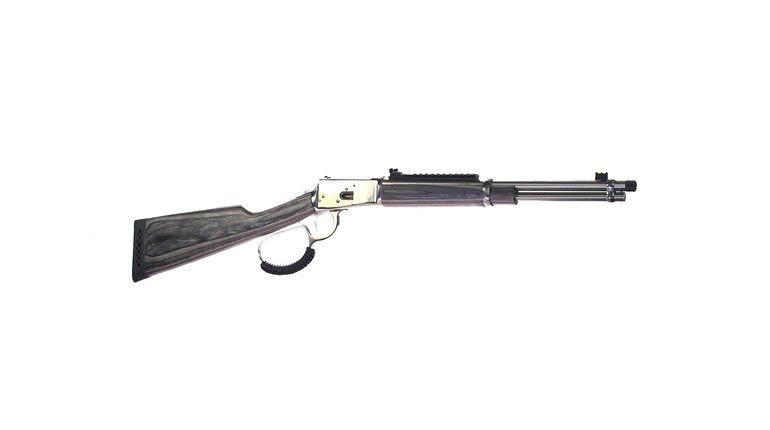
If you're a 1911 owner and wish to carry it for self-defense, there are some specifics about that handgun that you need to know. Sheriff Jim Wilson’s excellent American Rifleman article, “Conditions of Readiness for the 1911 Pistol,” gives a comprehensive rundown on the three ways to carry a 1911 with a loaded magazine. In short, they are:
Condition 3: Empty chamber, hammer down.
To fire, you must jack a round into the chamber and pull the trigger. This operation requires both hands.
Condition 2: Round in chamber, hammer down.
Firing requires cocking the hammer and pulling the trigger. It’s a one-handed operation--but only if your hand is big enough.
Condition 1: Loaded magazine, round in chamber, hammer cocked, thumb safety on.
To fire, you drop the safety and pull the trigger. If you hear the phrase “cocked and locked,” it means Condition 1.
Like most defensive-carry 1911 shooters, I prefer Condition 1. Not only is it very safe, but the “draw-and-fire” is smooth and easy to practice.
Defensive carry requires that a handgun stay secure from falling or being snatched by someone else, while still allowing a smooth draw-and-fire sequence. The holster you choose should serve both purposes. Of all the styles, I prefer the thumb-break holster with the strap between the hammer and the firing pin.
The rig works like this: You holster the 1911 “cocked and locked,” and secure the strap under the hammer. The strap has a one-way snap, making it very hard to release from any angle except the one you would use to draw the gun. While in the holster, the strap blocks the hammer (as does the thumb safety) while holding the gun securely in the holster. When you move your hand to draw, you jam your thumb between the snap’s "male" and "female" sides, popping it open. The web of your thumb hitting the grip disables the 1911’s grip safety, but the strap and thumb safety still prevent an accidental discharge. (The strap under the hammer will also prevent an early shot if the shooter has accidentally holstered the gun cocked but not locked.)
As you pull the gun up and out, the strap glides across the rear of the slide until it is free of the hammer. As the gun comes farther out, the thumb safety becomes reachable, and your fingers wrap fully around the grip just as the barrel clears the holster. At that moment the firearm is free, pointing at the ground and rising to its firing position. Your thumb can now drop the thumb safety and a trigger pull will fire it.
You’ll have all sorts of preferences about other aspects of your holster choice. I suggest that before you purchase, you look for a picture of the holster you want on the Internet and confirm visually that the hammer is cocked and the strap is under it. If not, contact the seller to make sure.
Stay safe out there!





































